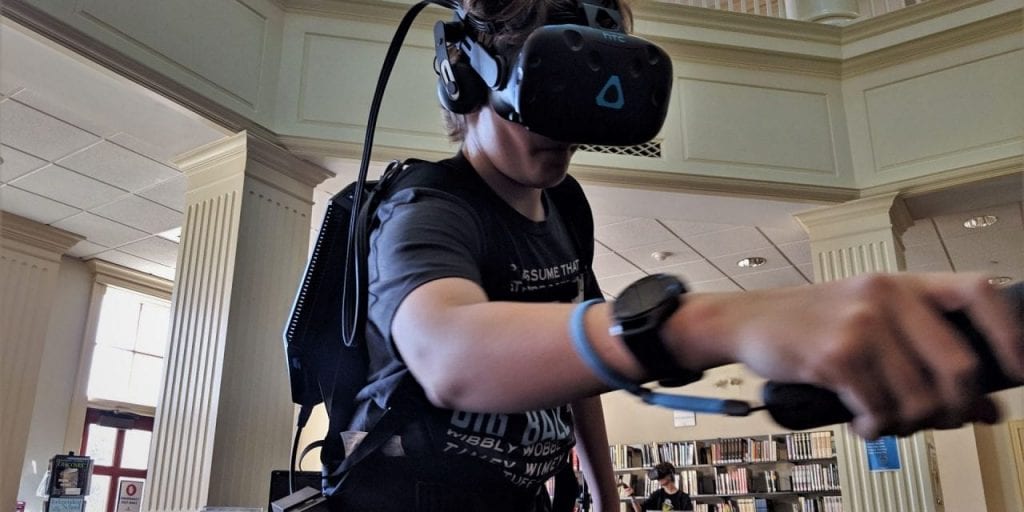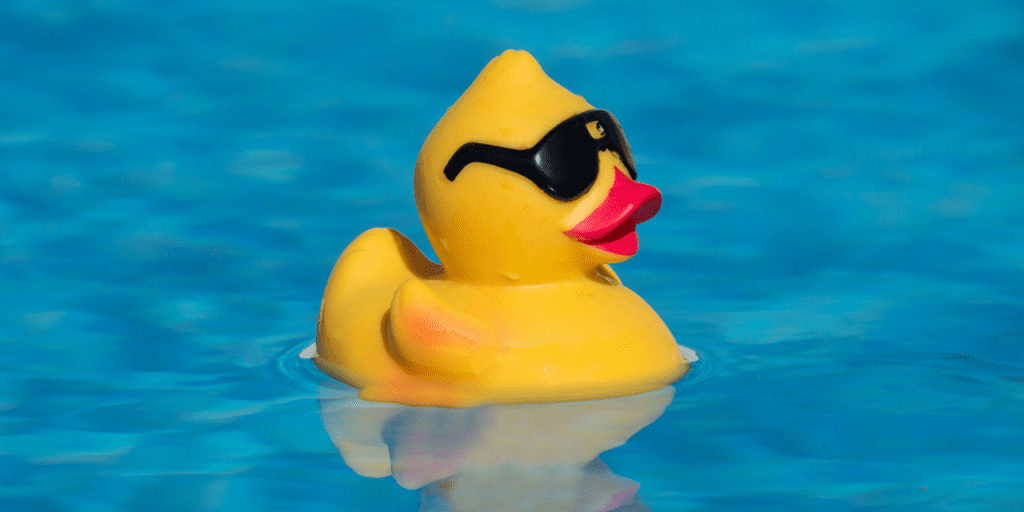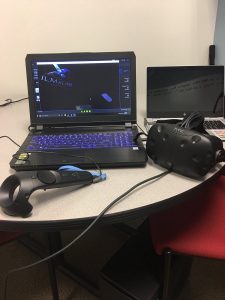The Greek philosopher Heraclitus stated, “The only thing that is constant is change.” Lately, I find myself thinking a lot about this concept, along with human behavior and resilience.
My department and I are usually perceived as being easy-going when it comes to change. After all, it is the defining norm in the technology world.
Back in a 2017 CA Curious blog post, I referenced how, as a learning community that embraces innovation, change and disruption are coded into our institutional DNA. I closed that post comparing the Information Services department to the saying “Like a duck on the pond. On the surface, everything looks calm, but beneath the water, those little feet are churning a mile a minute.”
Well, that analogy still holds. But truth be told, this duck’s feet are getting tired.
We all know that change can be difficult. This is especially true with technological change. Our comfort levels are demolished. New systems must be learned. Not knowing what you don’t know can be paralyzing. Add to that that we are all expected to carry-on as usual—teachers still have to be prepared for classes, students have to get their work done, and staff has to keep everything running as normal as possible—and it feels even more daunting.
Since change is a constant in the technology world—our operating system, if you will—I would like to think that others see the IS department as a continual pillar of strength. A place where one can go for safety, to find reassurances that we have the answers and that everything will turn out okay. I like to think of us as community cheerleaders – at the ready to keep everyone’s spirits high when they are getting tired.
A romanticized view, I’m sure!
Admittedly, the onboarding of our new student information and learning management system has made this year challenging. Even in the best circumstances, it is a lengthy and tiring process – one that garners a long sigh when looking back. Given the monumental nature of the task, a school tends to think long and hard before ever taking it on.
And, this is the second time CA has made this change in five short years. That’s no small feat!
Behaviorists and those that study organizational change management refer to change fatigue or overload as a sign that change saturation has been reached. This simply means that the pace of change within a system and what a person endures, as a result, is more significant than what the system/person can handle.
According to the Project Management Institute, when saturation occurs, the 4Cs—competence, comfort, confidence, and control—are disrupted.
Sound familiar? It does to me.
While change is the IS norm, this year has made me realize that my department is not immune to change fatigue. We’ve felt it alongside everyone else. Challenges of the Blackbaud implementation, compounded by the temporary loss of our offices in the administration building (working out of boxes is no fun), have pushed us closer than ever to that saturation point.
And, while I remain committed to that romantic ideal that I set forth for my department, the reality is that IS relies on you, our community, just as much you depend on us—as collaborators, as pioneers, as cheerleaders, as early adopters. We need your help to get us to the finish line.
Our community is resilient. I have always known this to be true, but this year is the first time that I have relied on our community to be a true pillar of strength and support. And I could not be more impressed and grateful.
The collective approach to the adoption of Blackbaud this year has been amazing. From pre-implementation meetings where the vibe could be described as guarded optimism to different constituencies pushing to implement various features sooner rather than later—the collaborative nature of the community has never been more evident. Across the board, colleagues, parents, and students have supported each other, sharing ideas, and taking ownership of various aspects of the implementation.
IS has been supported in so many ways this year that I am overwhelmed at times and incredibly proud to be a part of this special community. I could not ask for more and can’t wait to share how lucky I am with my counterparts.
Motivational speaker, Robin Sharma says that “Change is hard at first, messy in the middle, and gorgeous at the end.” The hard part is done. The messy is clearing up a little more each day. And, the gorgeous is soon to be unveiled.
Seeing the beauty of integrating our systems is closer to fruition—thanks to the help of the community.
Thank you.
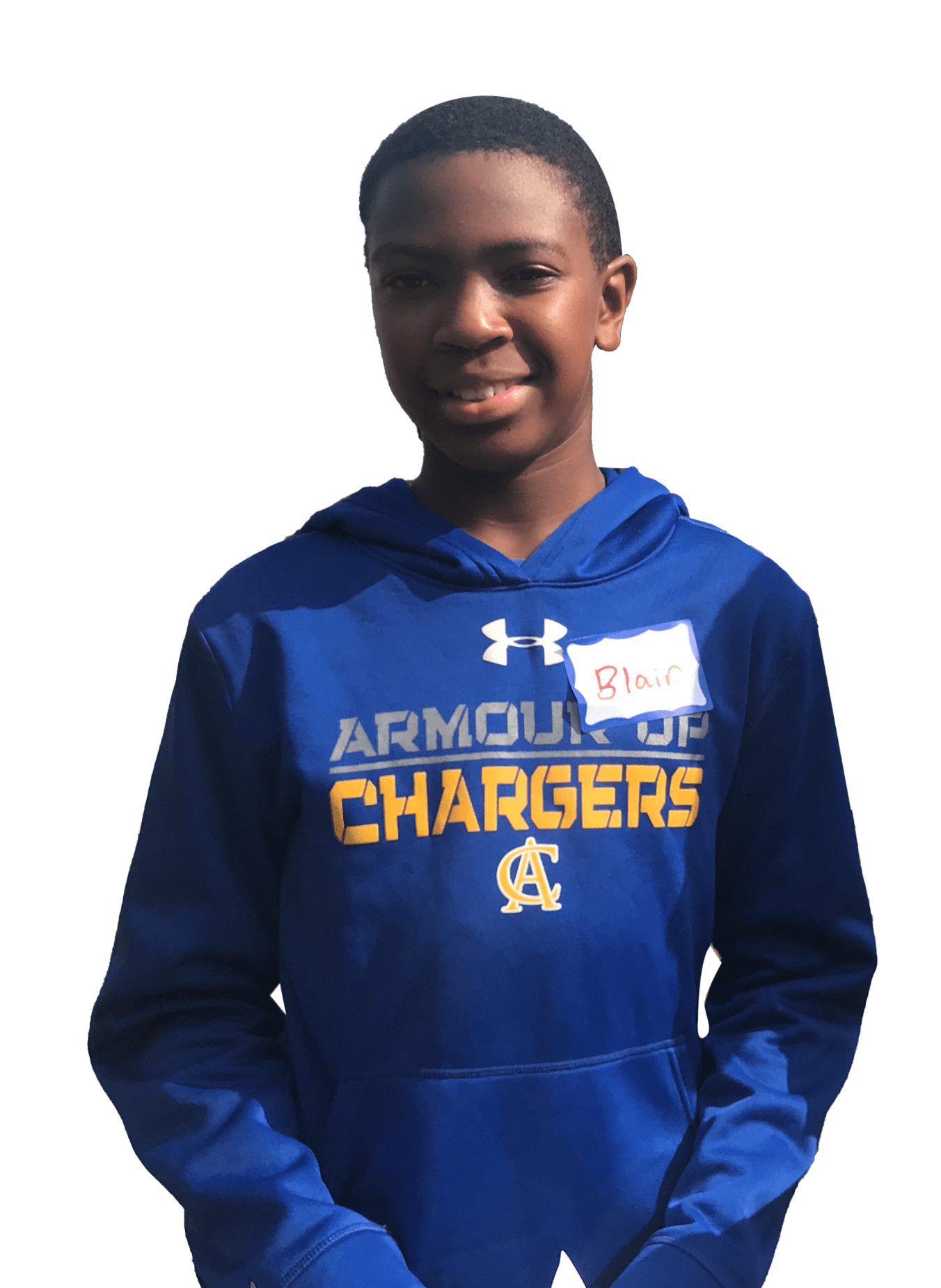
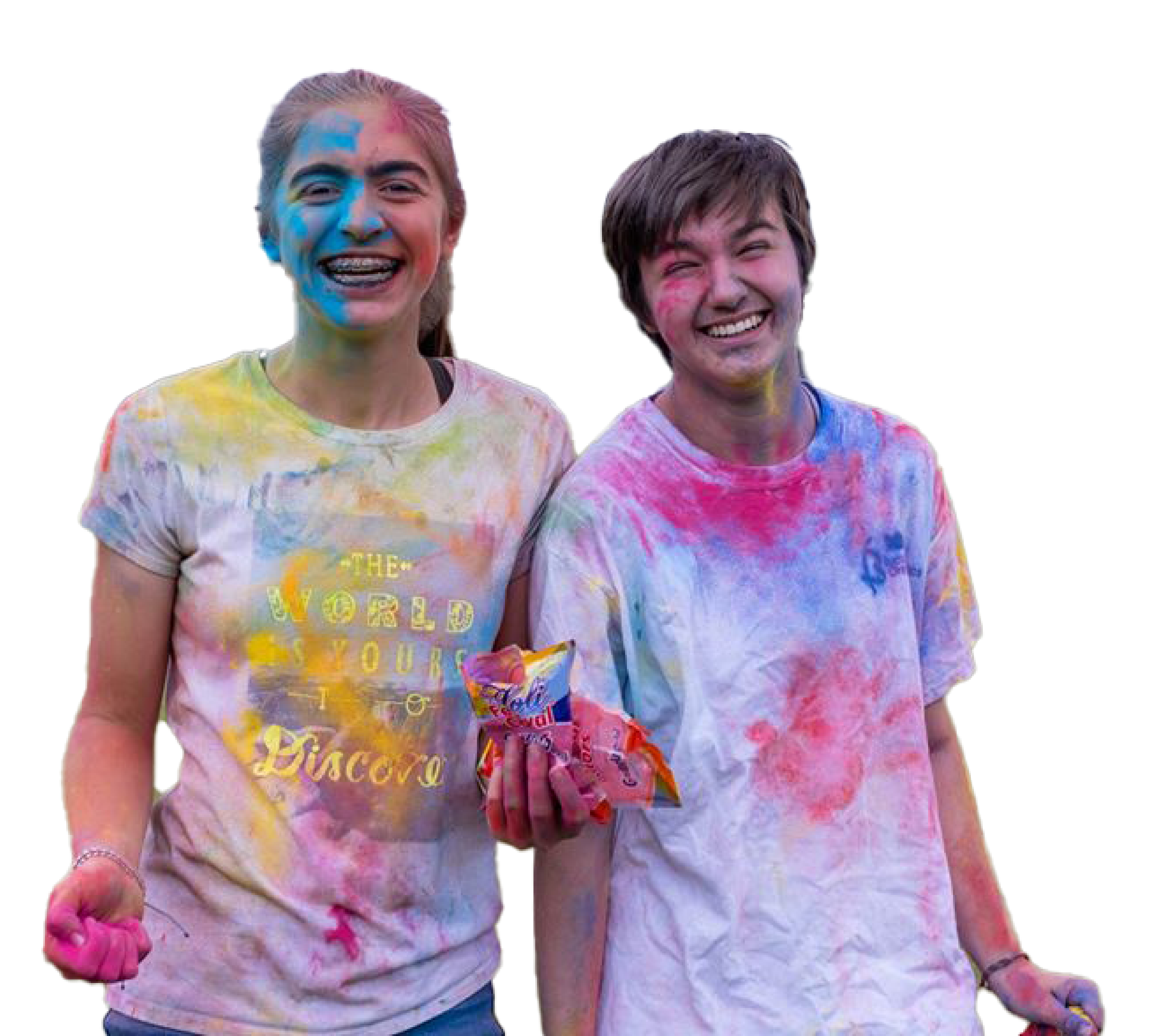

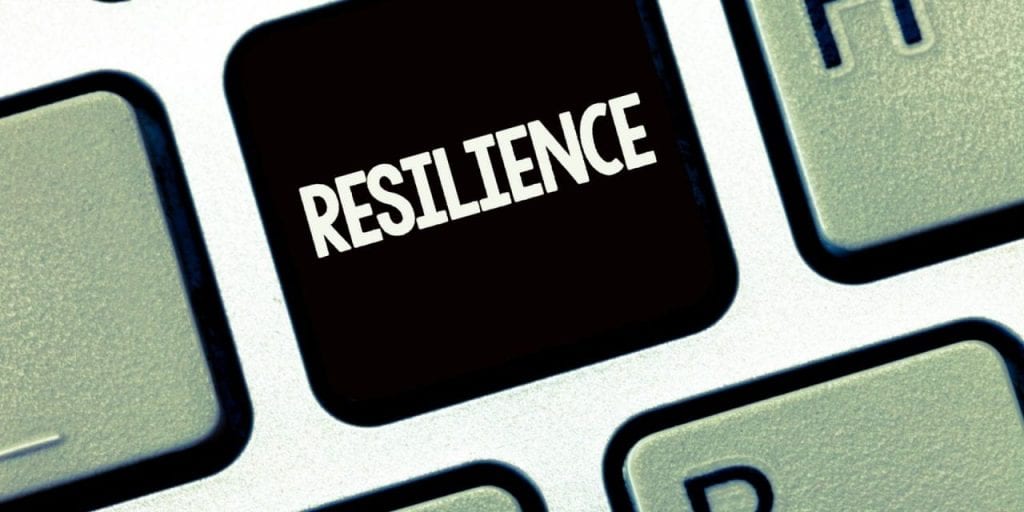
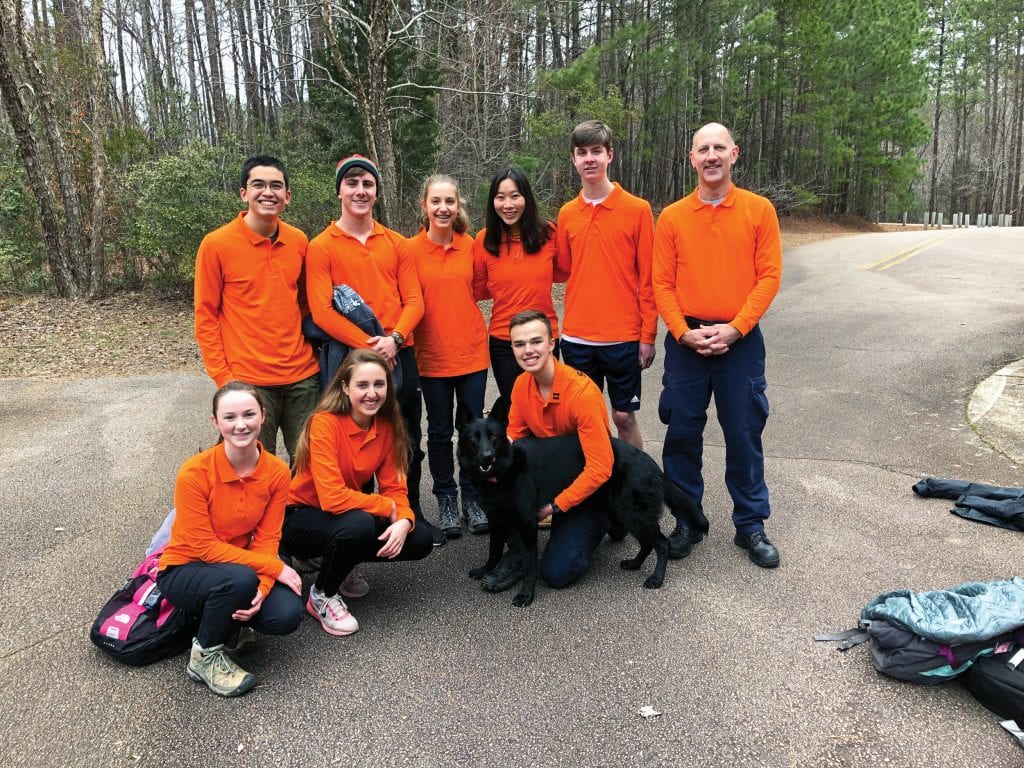
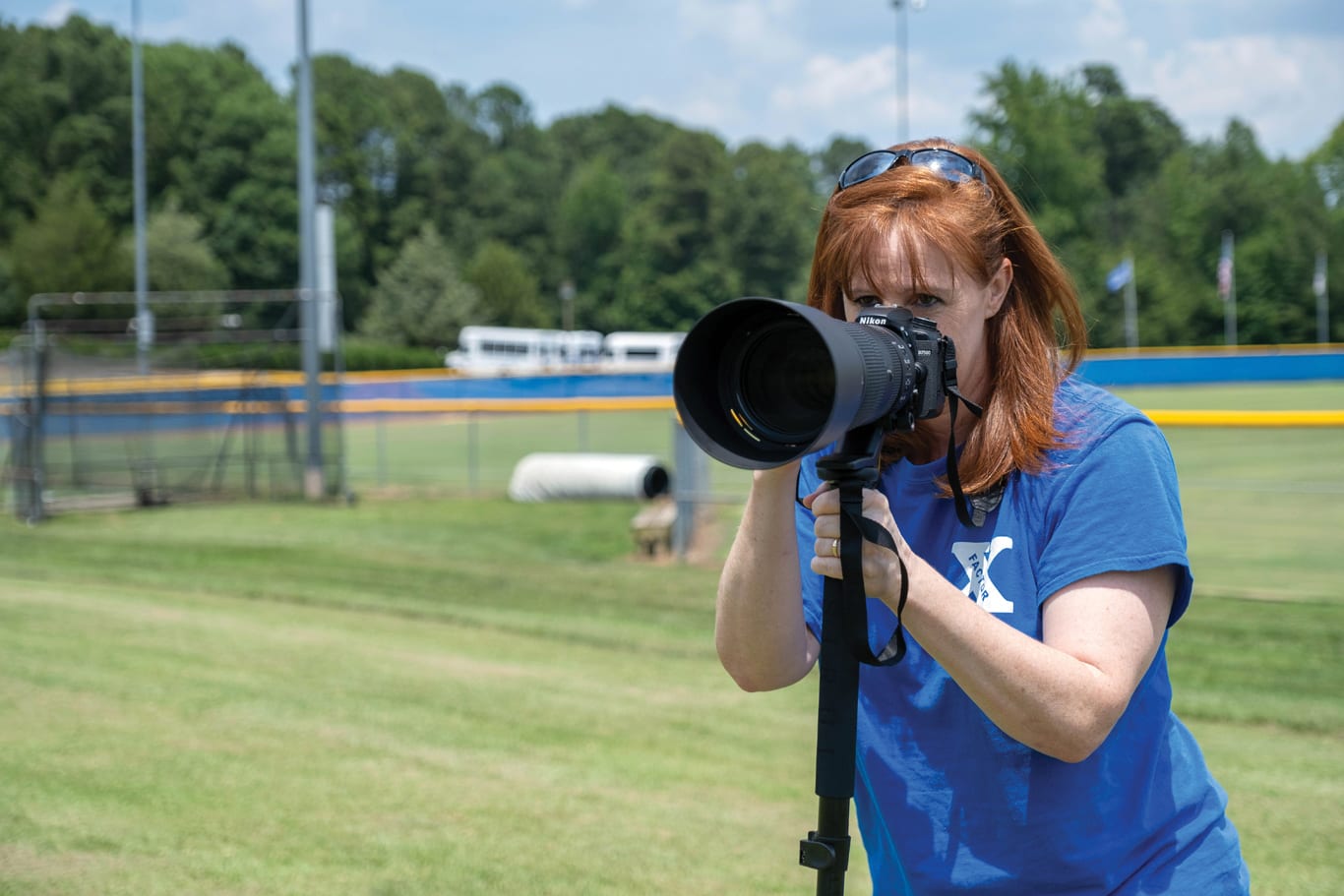

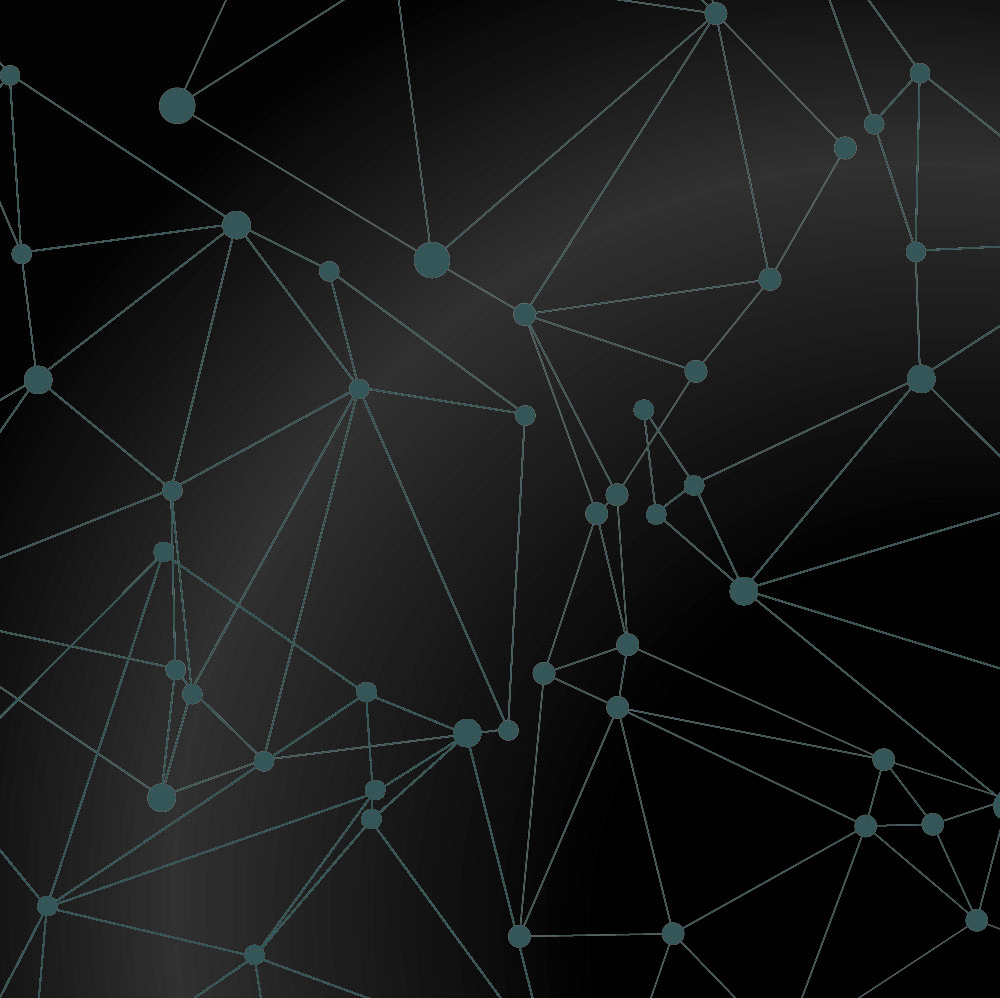
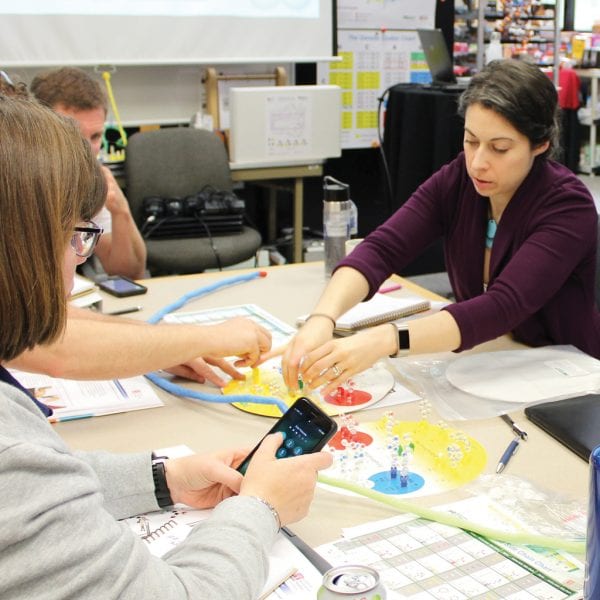 How do you take a hands-on approach to diving into microscopic subjects? PTAA funding will allow Upper School biology teacher Marissa Scoville’s students to explore DNA and protein molecules through cutting-edge physical models that will allow for abstract ideas to be more accessible, thereby enriching and enhancing the learning experience.
How do you take a hands-on approach to diving into microscopic subjects? PTAA funding will allow Upper School biology teacher Marissa Scoville’s students to explore DNA and protein molecules through cutting-edge physical models that will allow for abstract ideas to be more accessible, thereby enriching and enhancing the learning experience.